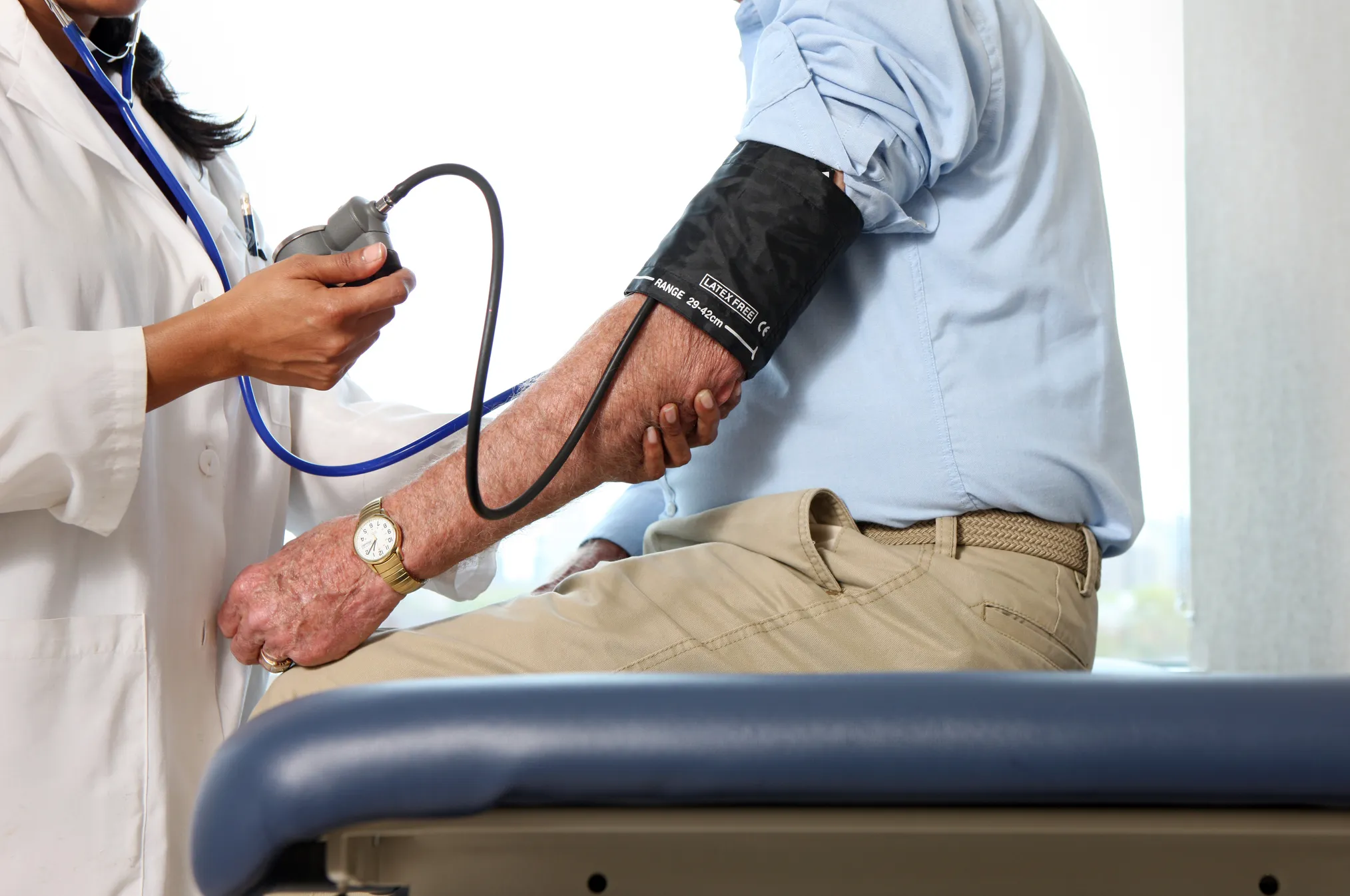22/02/2025
22/02/2025

NEW YORK, Feb 22: When it comes to monitoring blood pressure, one expert warns that the readings you get in your doctor's office may not provide a complete or entirely accurate picture of your health.
Dr. Stephen Williams, a cardiologist at NYU Langone, emphasized that a single blood pressure reading taken during a doctor’s visit should not be relied upon for assessing heart health. “I would never accept that a proper blood pressure assessment is based on a single blood pressure performed in the doctor’s office,” Dr. Williams told The Post.
He explained that the blood pressure most closely associated with heart attacks and strokes is not necessarily the one measured in the doctor's office. “The most relevant blood pressure is the blood pressure accurately measured at home,” he said.
Normal blood pressure is considered to be below 120 systolic and 80 diastolic. Stage 1 high blood pressure is characterized by a systolic reading between 130-139 or a diastolic reading between 80-89. Stage 2 hypertension occurs when systolic blood pressure is 140 or higher, or diastolic pressure reaches 90 or higher.
The American Heart Association recommends proper positioning for accurate readings: feet flat on the floor, back supported, arms resting on a surface, and the cuff placed at mid-heart level. Additionally, they advise avoiding tobacco, caffeine, and exercise within 30 minutes before testing.
Dr. Williams advocates for home blood pressure monitoring, saying it is essential for obtaining a true picture of one’s health. “This recommendation should make sense, because which blood pressure would you trust?” he asked. “A single blood pressure measure taken during the stress of a clinic visit or an average of representative blood pressures over the course of a few days in the place that you spend most of your time … your home?”
His perspective aligns with findings from researchers at Johns Hopkins Medicine, who suggest that accurate blood pressure readings rely on proper arm positioning and that many doctor's offices misdiagnose patients with hypertension.
Misleading blood pressure readings can lead to misdiagnoses and unnecessary medication prescriptions, resulting in unwanted side effects. According to the Centers for Disease Control and Prevention (CDC), an estimated 61.9 million U.S. adults are currently on blood pressure medication.
In addition to blood pressure concerns, Dr. Williams also criticized the reliance on body mass index (BMI) as an accurate measure of overall health. “You can have a high BMI and be a lean, muscular sportsperson. Or you could have a low BMI and thin arms and legs but an obese belly,” he pointed out. “Who is healthier in this example? The high BMI person or the low BMI person?”
The CDC defines obesity as a BMI of at least 30, with inactivity and obesity commonly contributing to hypertension. Rather than relying on BMI, Dr. Williams recommends DEXA scans, a technology often used to analyze bone density, combined with VAT software that measures visceral adipose tissue, the fat linked to heart disease, stroke, and other health issues.
“BMI is out. DEXA Scan with VAT analysis measures the amount of visceral adipose tissue,” he said. “This is the fat tissue that is most important to the development of heart disease, stroke, hypercholesterolemia, diabetes, and hypertension.”
For those with high blood pressure, experts suggest regular exercise, a nourishing diet, maintaining a healthy weight, and quitting smoking as effective steps for improving health.
Dr. Williams has also noted that smoking, a common lifestyle habit, is as risky to health as cigarette use.


